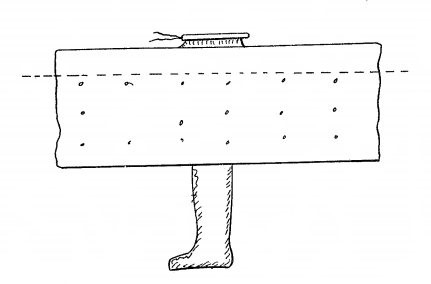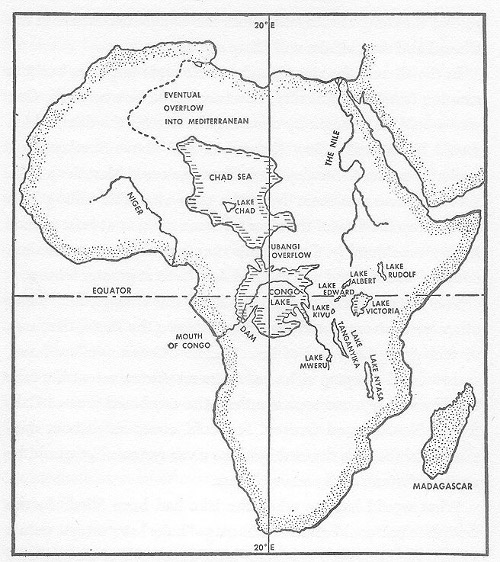
Henry Bourne patented this combination mattress and life preserver in 1840. Essentially it’s an ordinary berth mattress split in two; each half is filled with broken cork and waterproofed, and then the two are reattached and fitted with leggings, an oar, and two shoulder straps.
If your ship is sinking, you leap out of bed, stuff the mattress with “papers, moneys, clothes, and provisions for many days,” pull the straps over your shoulders, and jump overboard. When you’re in the water the buoyant mattress keeps you afloat, the waterproofing keeps your valuables dry, and you can navigate using the oar. Thanks to the leggings, when you reach the shore you can waddle up the beach “beyond the reach of the returning wave.”




